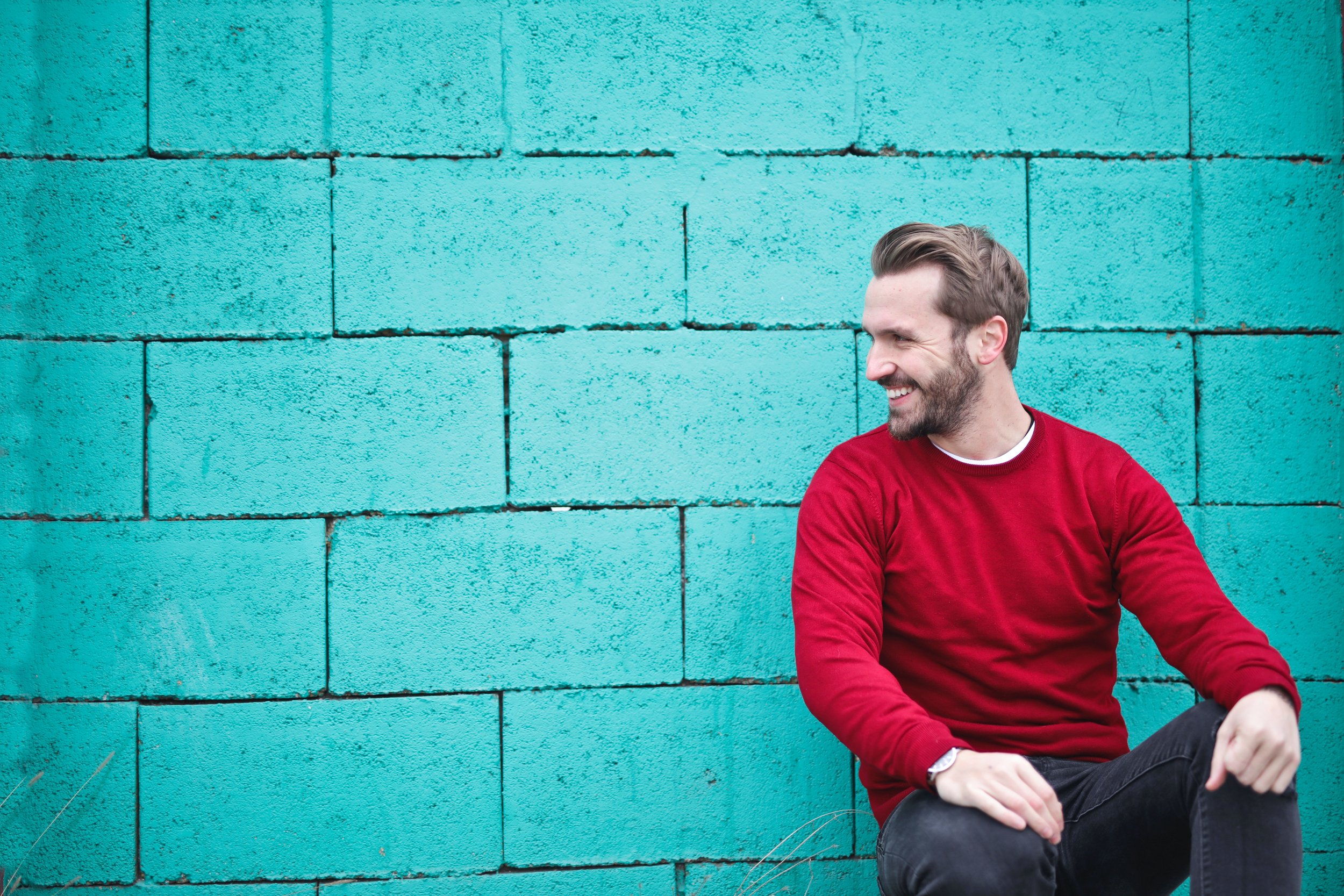5 Ways Dancing with Your Partner Can Improve Your Relationship
Dancing is more than just an enjoyable pastime; it's a powerful way to connect with your partner. By engaging in this activity together, you can nurture various aspects of your relationship. From enhancing communication to fostering emotional intimacy, here are five ways dancing with your partner can significantly improve your relationship.
1. Better Communication
Good communication is essential in any relationship, and dancing can help improve it. In partner dances like ballroom, tango, or salsa, you and your partner need to move in sync, which requires clear, non-verbal communication. This practice can make it easier to understand each other off the dance floor as well.
Research Insight: Studies show that couples who engage in activities that require coordination, like dancing, often develop better communication skills. According to a study in the Journal of Physical Activity & Health, such activities can improve relational communication and satisfaction (Badr & Acitelli, 2017).
2. More Emotional Intimacy
Dancing creates a unique opportunity to connect on an emotional level. Moving together in harmony requires trust and vulnerability, which can deepen your emotional bond.
Research Insight: A study in Frontiers in Psychology found that synchronized activities like dancing increase feelings of closeness and social bonding (Tarr et al., 2015). The shared experience can evoke positive emotions, reduce stress, and enhance emotional intimacy.
3. Increased Physical Intimacy
Physical touch is a key component of intimacy. Dancing involves close physical contact, which can boost feelings of affection and desire. The physical closeness can release oxytocin, the "love hormone," promoting bonding and attachment.
Research Insight: Research in the Journal of Social and Personal Relationships shows that activities involving touch, such as dancing, stimulate oxytocin release, enhancing feelings of love and attachment (Floyd, 2006).
4. Shared Fun and Enjoyment
Dancing with your partner can be a fun way to break the routine. Engaging in enjoyable activities together creates positive memories and reinforces your bond.
Research Insight: A study in the Journal of Marriage and Family found that couples who do recreational activities together report higher levels of marital satisfaction (Crawford et al., 2002). Shared enjoyment contributes to a stronger, more resilient relationship.
5. Improved Conflict Resolution Skills
Dancing requires partners to navigate challenges and adapt to each other’s movements, which can enhance conflict resolution skills. The patience and cooperation developed through dancing can help in everyday disagreements.
Research Insight: According to a study in the Journal of Applied Communication Research, engaging in joint activities that require problem-solving and cooperation can improve conflict resolution skills in couples (Feeney & Lemay, 2012).
Natural Leader and Follower Roles
Dancing also helps couples fall into natural leader and follower roles, often aligning with traditional gender roles. In many partner dances, one person leads while the other follows. This dynamic can translate into a better understanding of each other's strengths and roles within the relationship.
Research Insight: Traditional leader-follower roles in dance can enhance the sense of partnership and mutual respect. Understanding and appreciating these roles can foster a balanced dynamic, where each partner feels valued and understood.
Conclusion
Incorporating dancing into your relationship can have profound benefits that extend beyond the dance floor. Enhanced communication, increased emotional and physical intimacy, shared enjoyment, and improved conflict resolution skills are just a few ways dancing can strengthen your bond with your partner. By taking the time to dance together, you are investing in the health and longevity of your relationship.
References:
Badr, H., & Acitelli, L. K. (2017). Physical activity and relationship quality in couples. Journal of Physical Activity & Health, 14(5), 389-396.
Tarr, B., Launay, J., Cohen, E., & Dunbar, R. I. M. (2015). Synchrony and exertion during dance independently raise pain threshold and encourage social bonding. Frontiers in Psychology, 6, 1096.
Floyd, K. (2006). Communicating affection: Interpersonal behavior and social context. Journal of Social and Personal Relationships, 23(4), 626-642.
Crawford, D. W., Houts, R. M., Huston, T. L., & George, L. J. (2002). Compatibility, leisure, and satisfaction in marital relationships. Journal of Marriage and Family, 64(2), 433-449.
Feeney, B. C., & Lemay, E. P. (2012). Surviving relationship threats: The role of emotional capital. Journal of Applied Communication Research, 40(1), 16-41.
By integrating dance into your routine, you can enjoy these benefits and more, fostering a stronger, happier, and more connected partnership. So, put on your favorite music, take your partner’s hand, and dance your way to a better relationship.
If you would like to learn more about how to work on your relationship book a free consultation today!

